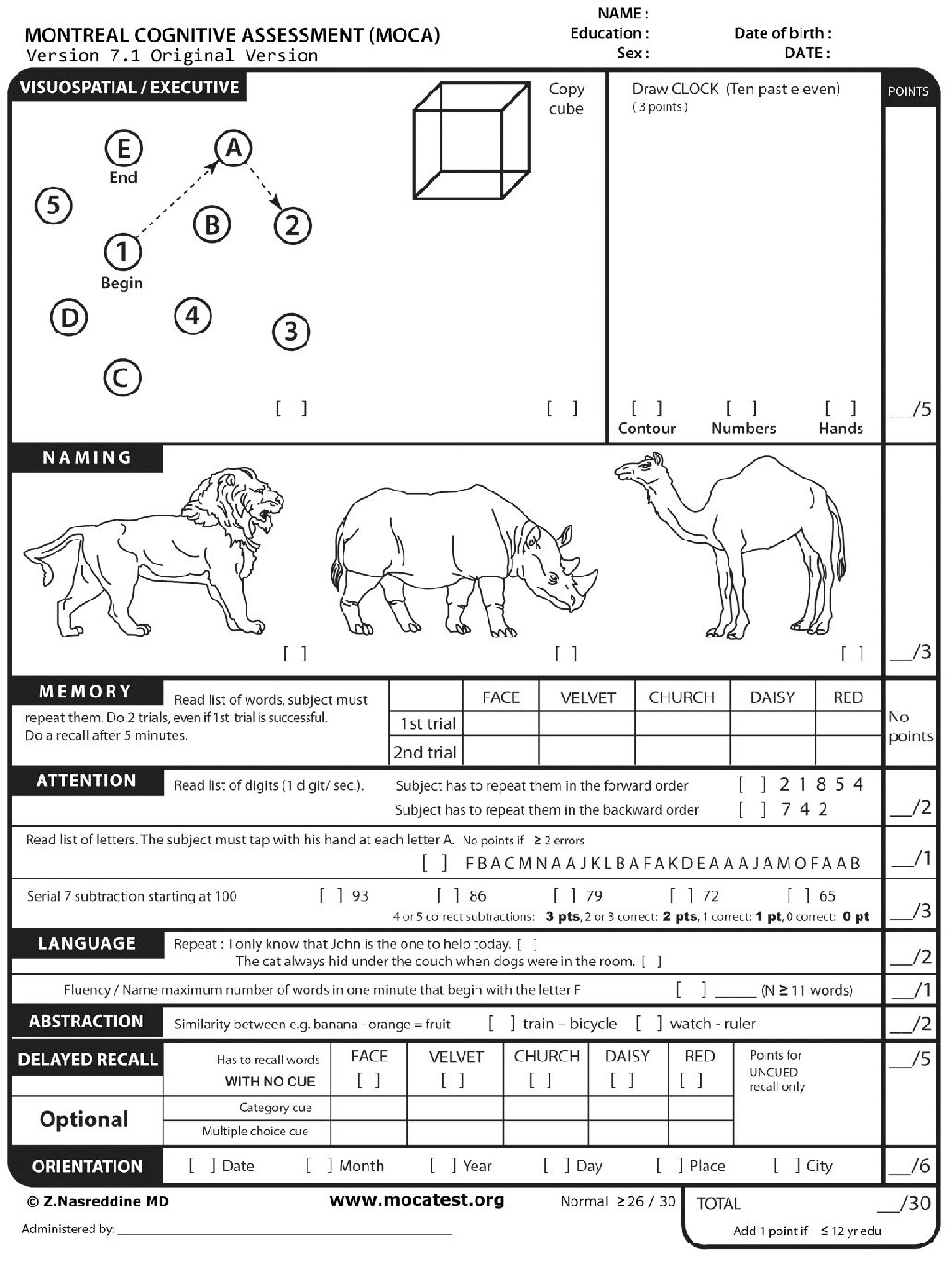

Normative values, based on measures taken from drivers referred to specialized centers for testing, have been used to define benchmarks for clinical practice. The UFOV, a computer-based test that evaluates visual processing speed and attention, has been developed and investigated as a tool to detect poor driving performance and has been correlated with increased risks of on-road accidents. Furthermore, TMT can be a useful tool in evaluating driving performance, as it can estimate various functions, such as visual scanning, executive function and graphomotor speed. In older drivers, the TMT has a 63,6% sensitivity, 64,9% specificity, low positive predictive value (9,5%) and high negative predictive value (96,9%) for poor driving performance in a translational study. Among the promising neuropsychological tests, the Trail Making Test (TMT-A and TMT-B) and the useful field of view (UFOV) were estimated to be predictors of unsafe driving in a meta-analysis. Ĭoncerning the individual screening strategies, many clinical tests to evaluate the driving aptitude of patients, including cognitive, mental, motor and vision tests, have been proposed. Supporting and stimulating out-of-home mobility in the elder population, detecting and preventing a functional decline and possible future driving cessation, depends on individual screening strategies, as well as on transport policy and social policy measures.

As many adverse health problems have been related to driving cessation in later life, predicting and evaluating accurately the decline of driving capacity of older drivers is of critical importance. Il is well established the association between driving cessation and functional dependency, depressive disorders, social dysfunction and mortality, with a considerable individual and societal impact. Research has shown that maintaining out-of-home mobility is of great importance for people moving to old age from late midlife. Fitness to drive in the geriatric population and the potential effects of cognitive and physical decline remain a difficult challenge for primary care physicians.


 0 kommentar(er)
0 kommentar(er)
